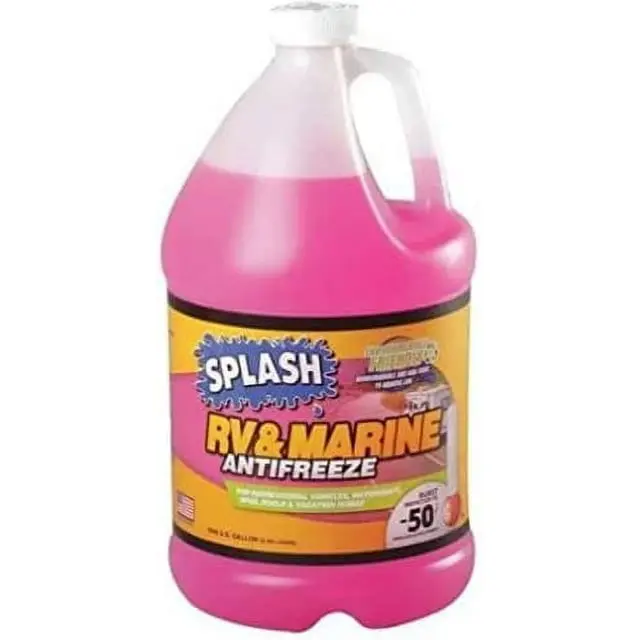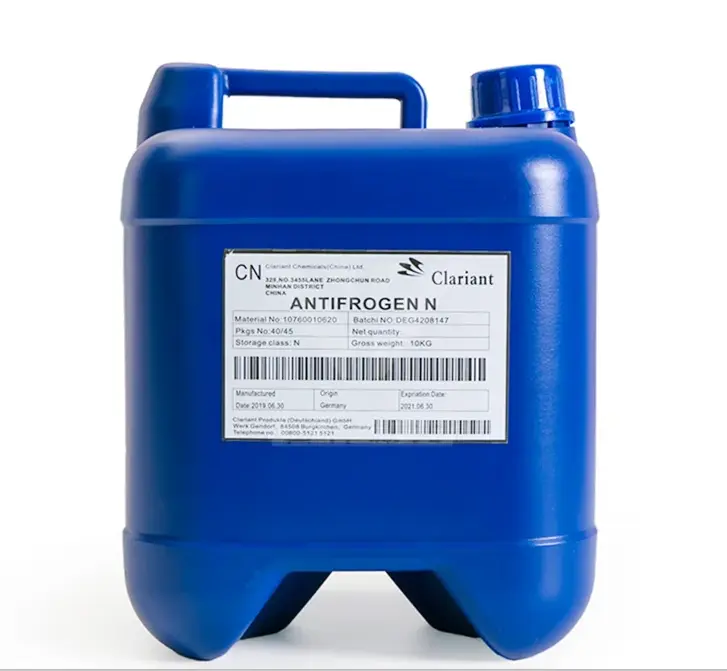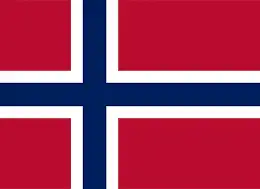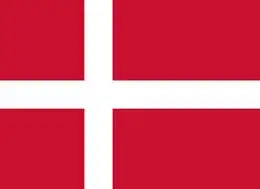Laser Antifreeze Guide: How to Choose and Use Antifreeze for Winter
In the chilly winter season, ensuring the smooth operation and prolonged lifespan of your CO2 laser cutter becomes crucial. Choosing the right antifreeze and using it correctly are essential factors. This article provides detailed information on selecting antifreeze, usage steps, and precautions to help you navigate through the winter seamlessly.
Firstly, why do we need antifreeze? When the ambient temperature drops below 5°C (41°F), using pure water instead of antifreeze in the cooling system of CO2 laser cutter may lead to the freezing of the water circulation system, resulting in potential damage to the equipment. Hence, adding an appropriate amount of antifreeze is a key step in ensuring the proper functioning of the cooling system.
Consider the following points when selecting antifreeze:
1. Effective Antifreeze Properties: Antifreeze should prevent freezing in low-temperature environments.
2. Corrosion and Rust Resistance: Antifreeze should have the capability to prevent corrosion and rust on metal components.
3. No Swelling or Erosion on Rubber Seals and Tubes: Antifreeze should not adversely affect rubber seals and tubes.
4. Reasonable Low-Temperature Viscosity: Antifreeze should flow well at low temperatures.
5. Chemical Stability: Antifreeze should not undergo chemical reactions with other substances to ensure long-term effectiveness.
Since there is no dedicated laser antifreeze on the market, opt for antifreeze from reputable brands specifically designed for this purpose instead of using ethanol as a substitute, as it may cause damage. Considering the characteristics of lasers, Thunder Laser recommends two types of antifreeze:
Ready-to-use antifreeze at 100% concentration(pink RV antifreeze), which can be used directly.

Concentrated antifreeze, which requires dilution with softened water at a ratio of 3:7 (antifreeze to water).

Note:
-
-
l CW-5000 chiller has a maximum water capacity of 5L.
l CW-3000 chiller has a maximum water capacity of 8L.
-
In the process of using antifreeze, adhere to the following principles:
-
- 1. Lower Concentration is Better: While higher concentrations offer better antifreeze properties, they also increase corrosiveness. Therefore, a lower concentration is preferable as long as the antifreeze properties are maintained.
-
- 2. Shorter Usage Duration is Better: Antifreeze may deteriorate over time, leading to increased corrosiveness and changes in viscosity. Hence, it is recommended to change the antifreeze annually. Pure water can be used as a substitute during the summer.
-
- 3. Avoid Mixing Different Brands: Try to use antifreeze from the same brand. Even if the main components are similar, different formulations may lead to adverse reactions or sedimentation.
Before restarting the CO2 laser cutter in winter, check if the water circulation system is frozen. This can be done by draining the circulating water. If a significant reduction in water flow or normal drainage is not observed, there may be freezing. In such cases, power off the related equipment to prevent further damage. Then, use tools like a warm air blower to raise the temperature of the chiller, assisting in melting the ice. Once the ice is completely melted, you can restart the equipment. Throughout this process, carefully inspect the chiller and related equipment to ensure unobstructed water circulation.
Choosing and using the right antifreeze is crucial to guarantee the normal operation of CO2 laser cutter in winter. We hope this guide provides you with useful information and suggestions, making it easy for you to tackle the challenges of the cold season.


.png) International
International
 United States
United States
 Brasil
Brasil
 Canada
Canada
 Costa Rica
Costa Rica
 Česká
Česká
 Ελλάδα
Ελλάδα
 Polska
Polska
 Ireland
Ireland
 Portugal
Portugal
 Lietuva
Lietuva
 Россия
Россия Deutschland
Deutschland
 Britain
Britain
 Україна
Україна
 France
France
 Sverige
Sverige
 Italia
Italia
 Norway
Norway
 Denmark
Denmark
 Romania
Romania
 한국
한국
 中国
中国
 ประเทศไทย
ประเทศไทย
 中国香港
中国香港
 Israel
Israel
 中國臺灣
中國臺灣
 India
India
 پاکستان
پاکستان
 پශ්රී ලංකා
پශ්රී ලංකා
 ジャパン
ジャパン
 Australia
Australia
 New Zealand
New Zealand
 South Africa
South Africa